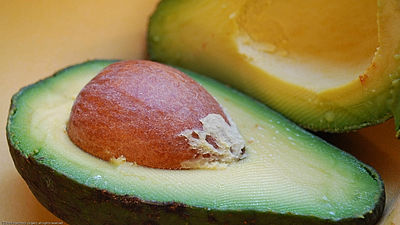Pointed out that vertical farming does not save costs

The '
Vertical Farming Does Not Save Space --LOW-TECH MAGAZINE
https://www.lowtechmagazine.com/2021/02/vertical-farming-ecosystem-services.html
Vertical farming is a farming method that is mainly suitable for urban areas where it is difficult to secure farmland, and vegetables with high water content such as lettuce and tomatoes are suitable as crops. In the normal farming method, it is cultivated in sunlight, but in the vertical farming method, it is cultivated indoors, so the crops are always grown under electric lights generated by solar power generation.
One of the advantages of vertical farming is the reduction of transportation costs. Crops are harvested from high-rise buildings in urban areas and shipped directly to the surrounding area, which is far less costly to transport than large-scale farming in remote areas. However, the vegetables cultivated by the existing vertical farming method do not completely meet the needs of people in the metropolitan area, and it is also necessary to cultivate grains such as wheat, legumes, and root vegetables.
In 2020, an experiment was conducted to grow wheat in a completely artificial environment with the aim of exploring what it takes to grow wheat using vertical farming. According to this experiment, vertical farming can be harvested four times a year, and one square meter of floor area can produce enough wheat to make one loaf (about 600 g) of bread per harvest. It turned out that it could be done. On the other hand, electricity required 2577kWh per year and water required 394 liters per year.

by DISNOVATION.ORG
The advantage of vertical farming is that the space can be reduced by stacking the cultivation spaces vertically, but when considering the case where power is generated by solar panels, for example, the space reduction is offset by the installation area of the solar panels. There is a drawback. It is said that 20 square meters of solar panels are required for farmland per square meter, and Low-tech Magazine states that 'vertical farming costs not only the cost of farmland but also solar panels and power storage equipment.' ..
'Although vertical farming has the only advantage of close transport distances, it is, after all, quite expensive in terms of electricity, water and other operating costs,' Low-tech Magazine said.

Related Posts:







